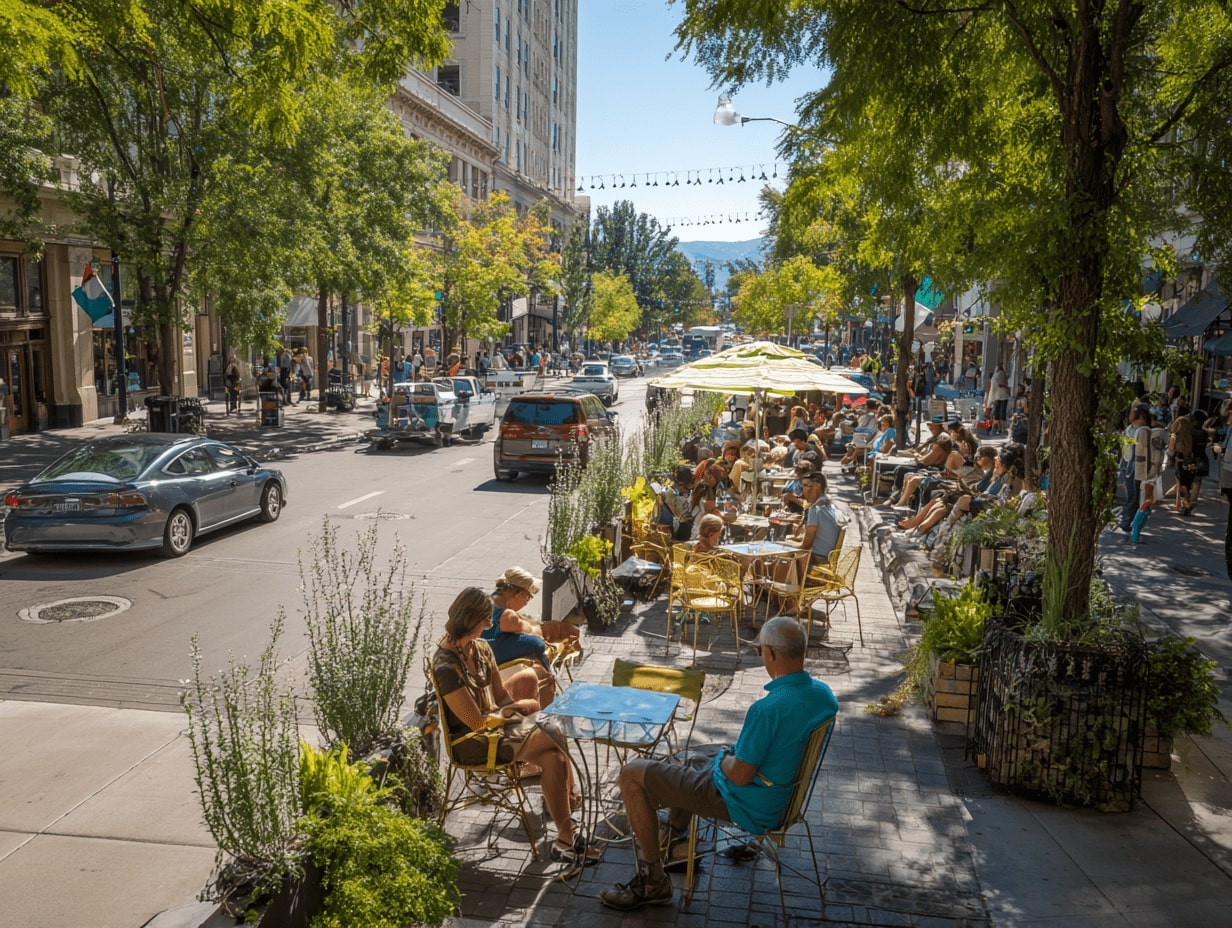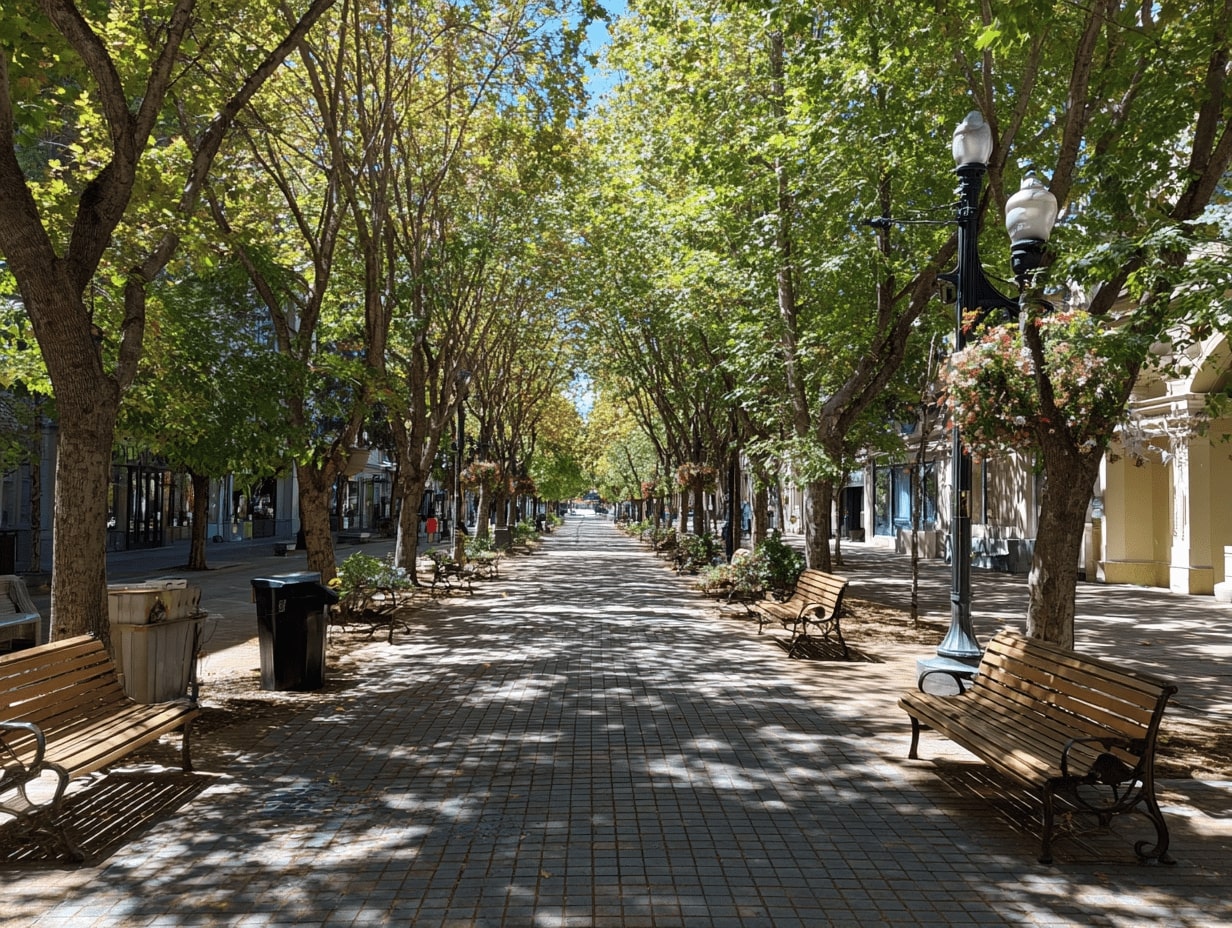- Home
- Articles
- Architectural Portfolio
- Architectral Presentation
- Inspirational Stories
- Architecture News
- Visualization
- BIM Industry
- Facade Design
- Parametric Design
- Career
- Landscape Architecture
- Construction
- Artificial Intelligence
- Sketching
- Design Softwares
- Diagrams
- Writing
- Architectural Tips
- Sustainability
- Courses
- Concept
- Technology
- History & Heritage
- Future of Architecture
- Guides & How-To
- Art & Culture
- Projects
- Interior Design
- Competitions
- Jobs
- Store
- Tools
- More
- Home
- Articles
- Architectural Portfolio
- Architectral Presentation
- Inspirational Stories
- Architecture News
- Visualization
- BIM Industry
- Facade Design
- Parametric Design
- Career
- Landscape Architecture
- Construction
- Artificial Intelligence
- Sketching
- Design Softwares
- Diagrams
- Writing
- Architectural Tips
- Sustainability
- Courses
- Concept
- Technology
- History & Heritage
- Future of Architecture
- Guides & How-To
- Art & Culture
- Projects
- Interior Design
- Competitions
- Jobs
- Store
- Tools
- More
Exploring the Depths of a City’s Emotional Landscape: How Urban Design Shapes Our Feelings
Discover the emotional landscape of cities in this insightful article that explores how urban environments shape our feelings and connections. From the welcoming energy of New York to the harmonious blend in Tokyo, we examine the profound impact of architecture, community, and nature on our well-being.

Cities are more than just a collection of buildings and streets; they pulse with emotions that shape our experiences and interactions. As we navigate through bustling markets, serene parks, or vibrant neighborhoods, we can’t help but feel the unique emotional landscape each city offers. These feelings are influenced by everything from architecture to community dynamics, creating a rich tapestry of human connection.
In exploring a city’s emotional landscape, we uncover how urban environments impact our moods and behaviors. Whether it’s the warmth of a friendly café or the solitude of a quiet alley, every corner can evoke different feelings. By understanding these emotional undercurrents, we can better appreciate the intricate relationship between our surroundings and our well-being. Join us as we delve into the heart of our cities and discover the emotions that define them.

Table of Contents
ToggleUnderstanding City’s Emotional Landscape
Cities significantly shape our emotions and experiences. Recognizing this emotional landscape highlights its crucial role in how we interact with our urban environments.

Definition and Importance
City’s emotional landscape refers to the feelings and moods fostered by urban environments. It encompasses the sensory experiences associated with public spaces, architecture, and community interactions. Understanding this concept matters because it influences individuals’ well-being, social cohesion, and even economic performance. Cities that evoke positive emotions can enhance community engagement and attract visitors, while those with negative emotional connotations can contribute to social isolation and unrest.
Components of Emotional Landscape
- Architecture: The design and aesthetics of buildings impact our feelings. Iconic structures can inspire pride, while neglected areas can evoke sadness.
- Public Spaces: Parks, plazas, and gathering spots create environments for social interaction. Vibrant areas often foster joy and connectivity among people.
- Cultural Identity: The unique cultural heritage of a city shapes its emotional tone. Festivals, art, and history contribute to a sense of belonging and cultural pride.
- Community Dynamics: The relationships among residents influence emotional well-being. Supportive communities enhance feelings of safety and security.
- Urban Greenery: Nature in urban settings can improve mental health. Access to green spaces reduces stress and promotes relaxation.
Each component intertwines to form the city’s overall emotional landscape, affecting how we connect with our surroundings and each other.
Factors Influencing Emotional Landscape
Various factors contribute to the emotional landscape of cities, shaping our emotional experiences and interactions within urban environments. Key components include urban design, architecture, and natural elements, all of which evoke specific feelings.

Urban Design and Architecture
Urban design and architecture significantly influence emotional experiences within cities. Thoughtfully designed public spaces invite social interaction while creating a sense of belonging. Buildings with aesthetic appeal can instill pride and inspiration, fostering a connection between residents and their environment. Innovative structures, such as community centers or open-air markets, can promote engagement and enhance neighborhood identity. Conversely, poorly designed areas can breed feelings of isolation or distress, hindering the sense of community.
Natural Elements and Green Spaces
Natural elements and green spaces enrich the emotional landscape by providing restorative environments. Access to parks and gardens contributes positively to mental well-being, offering a reprieve from urban stressors. Natural elements also encourage outdoor activities, enhancing social connections. Urban greenery, such as street trees or rooftop gardens, not only improves air quality but also elevates mood and fosters a sense of tranquility. The presence of water features, like fountains or rivers, creates a calming ambiance, further enhancing the emotional appeal of urban areas.
Emotional Responses to City Environments
Cities evoke a wide range of emotional responses shaped by their environments. These responses impact our sense of belonging and connection, heavily influencing our daily experiences.

Sense of Community
Community thrives in well-designed urban spaces. Thoughtfully planned neighborhoods encourage social interactions, fostering connections among residents. Public parks, community centers, and vibrant marketplaces provide venues for gathering, enhancing our shared experiences. Events hosted in these spaces, such as farmers’ markets or local festivals, strengthen ties among individuals and cultivate a sense of belonging. Research shows that stronger community bonds correlate with higher levels of well-being, illustrating the emotional power of collective engagement.
Isolation and Alienation
Urban areas can also evoke feelings of isolation and alienation, particularly in poorly designed environments. High-density living without adequate public spaces can hinder social interactions, leaving individuals feeling disconnected from their surroundings. Many people experience anonymity in bustling streets, where noise and activity drown out personal connections. Studies indicate that environments lacking social interaction opportunities contribute to increased loneliness and mental health issues. We can mitigate these feelings by advocating for inclusive designs that prioritize accessible public spaces and community-building initiatives.
Case Studies of Notable Cities
We examine notable cities that exemplify diverse emotional landscapes, shaping the feelings of their inhabitants and visitors.

New York City
New York City showcases a vibrant emotional landscape, characterized by its relentless energy and cultural diversity. Iconic neighborhoods, like Greenwich Village and Harlem, reflect rich histories and creative spirits. Lively public spaces, such as Central Park and Times Square, foster social interaction and a sense of belonging. Architectural features, including skyscrapers and historic brownstones, elicit pride among residents. However, crowded environments can also provoke feelings of overwhelm or isolation. Through initiatives promoting green spaces and community events, New York continuously strives to balance its dynamic energy with opportunities for connection and mental well-being.
Tokyo
Tokyo presents a unique emotional landscape, blending tradition and modernity. The city’s historic temples coexist with contemporary skyscrapers, fostering a sense of harmony. Unique public spaces, like Ueno Park and Shibuya Crossing, encourage social engagement while celebrating both the fast pace of urban life and the tranquility found in nature. The meticulous design of neighborhoods creates distinct atmospheres, from the serene streets of Yanaka to the bustling vibe of Shinjuku. Although Tokyo can evoke feelings of anonymity, communal activities and festivals strengthen connections among residents. Efforts to preserve green spaces and enhance urban design contribute to a balanced emotional experience for its inhabitants.
Future of City’s Emotional Landscape
We anticipate that the emotional landscape of cities will evolve significantly, influenced by urban development trends and the growing importance of citizen feedback.

Trends in Urban Development
We observe several key trends shaping the future emotional landscape of cities.
- Smart Cities: Urban environments increasingly leverage technology to enhance resident engagement. Smart infrastructure, such as IoT devices, aids in optimizing public services, which fosters a sense of connectivity among citizens.
- Mixed-Use Developments: Incorporating residential, commercial, and recreational spaces promotes vibrant interactions. These developments create dynamic environments, enhancing community engagement and emotional well-being.
- Sustainable Practices: We note a shift toward eco-friendly designs that prioritize green spaces and renewable resources. Incorporating parks and gardens into urban designs reduces stress and improves mental health, nurturing a more positive emotional atmosphere.
- Walkability and Accessibility: Prioritizing pedestrian-friendly designs encourages exploration and interaction among residents. Cities focusing on walkability foster connections, enriching the emotional experiences of those who live and visit.
- Place-making: Community-driven initiatives create unique environments that resonate with local identity, enhancing belonging. Engaging residents in the development process strengthens their emotional ties to their urban surroundings.
Incorporating Citizen Feedback
We recognize that integrating citizen feedback directly impacts the emotional landscape of cities.
- Participatory Design: Encouraging residents to contribute to urban planning ensures their needs are met, fostering a sense of ownership and belonging. When citizens actively shape their environments, they experience heightened emotional investment.
- Community Workshops: Hosting workshops allows residents to voice their feelings about public spaces. Gathering input on aesthetics and functionality leads to designs that reflect community preferences, improving overall emotional satisfaction.
- Surveys and Polls: Regularly conducting surveys gauges resident sentiment towards urban elements. This data can identify areas requiring improvement, guiding responsive urban planning that enhances emotional landscapes.
- Feedback Channels: Establishing direct communication avenues, such as apps or forums, encourages ongoing dialogue between residents and city planners. Open channels facilitate transparency and responsiveness, nurturing trust and emotional connection within communities.
- Adaptability to Change: We believe cities that adapt based on resident feedback can evolve better emotional landscapes. Responsive development maintains relevance and fosters vibrant urban experiences that enhance well-being for all inhabitants.
Conclusion
Cities’ emotional landscapes intertwine various factors that significantly influence our experiences and interactions within urban spaces. Architecture, public spaces, cultural identity, community dynamics, and urban greenery shape the feelings we associate with our environments. These core elements directly impact individual well-being, social cohesion, and economic performance.
Urban design decisions play a pivotal role in fostering connections. Thoughtfully planned public spaces cultivate social interactions, enhancing community bonds and promoting a sense of belonging. The presence of vibrant cafés and serene parks can elevate our moods, while poorly designed environments may lead to isolation and disconnection.
Moreover, understanding cities as emotional entities allows us to appreciate how they evoke diverse feelings in inhabitants and visitors alike. Cities like New York and Tokyo exemplify varied emotional landscapes, illustrating the profound connection between urban design and residents’ well-being. As we observe these dynamic environments, we recognize the need for inclusive, accessible public spaces that prioritize community engagement.
Looking forward, the evolution of cities hinges upon technology and citizen input. Smart cities and participatory design practices create opportunities for enhancing emotional landscapes. Inviting resident feedback into urban planning fosters a sense of ownership, paving the way for vibrant, interconnected communities.
Ultimately, our exploration of cities’ emotional landscapes reveals that as our environments evolve, so do our experiences of connection and belonging within them.
- city emotional landscape
- city planning and feelings
- emotional effects of urban design
- emotional impact of urban planning
- emotional landscape of a city
- feeling driven city planning
- how cities shape emotions
- how urban design affects emotions
- impact of city design on emotions
- psychological effects of urban design
- psychology of urban environments
- urban design and mental health
- urban design impact
- urban environments and psychology
I create and manage digital content for architecture-focused platforms, specializing in blog writing, short-form video editing, visual content production, and social media coordination. With a strong background in project and team management, I bring structure and creativity to every stage of content production. My skills in marketing, visual design, and strategic planning enable me to deliver impactful, brand-aligned results.
Submit your architectural projects
Follow these steps for submission your project. Submission FormLatest Posts
Architecture as Infrastructure: Designing Beyond Buildings
Architecture as infrastructure reframes cities as systems—flows, lifecycles, and value. Explore resilient...
Designing for Emotional Urbanism: How We Shape Cities People Actually Feel Good In
Emotional Urbanism: a practical guide to design that reduces stress, boosts dwell...
How Urban Design Evolves Like Nature
How urban design evolves like nature: a practical guide to adaptive cities...
Why Walkable Cities Make Us Happier: Science, Design, and Daily Joy
Walkable cities make us happier: less stress, built-in exercise, stronger community. Explore...












Leave a comment